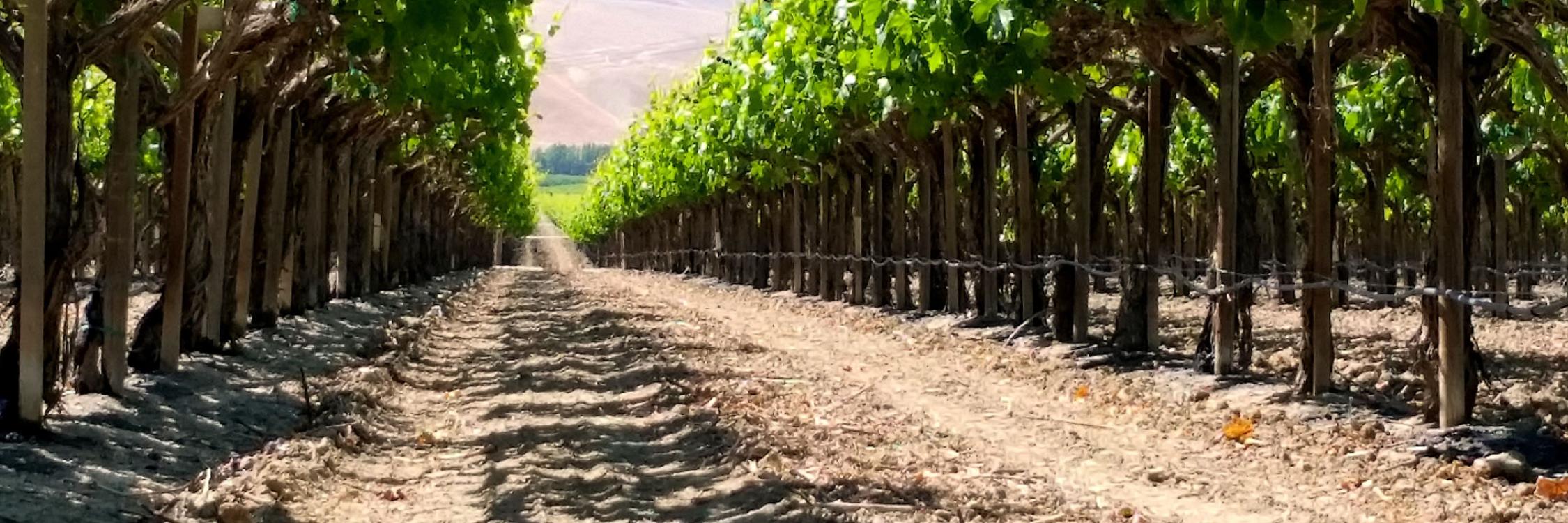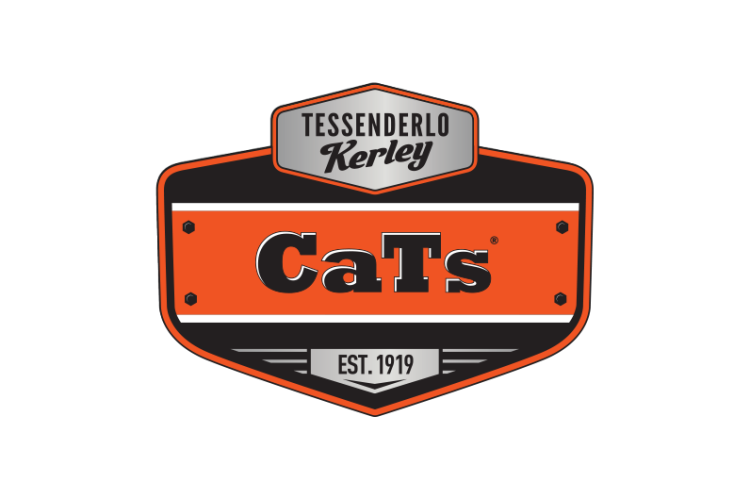
Why CaTs Has Staying Power
Calcium thiosulfate is used on myriad crops for several reasons
CaTs®, calcium thiosulfate, is a liquid soil amendment and fertilizer in Crop Vitality’s Tessenderlo Kerley line of thiosulfate products. CaTs debuted in the early 2000s, and its longevity in the market is proof of its staying power. It’s also as relevant as ever as more growers recognize the important role that calcium plays in the soil.
In California, CaTs is counted as a go-to product by many growers who have taken advantage of its various benefits, says Dan Cook, Crop Vitality’s Southwest Regional Agronomist. CaTs is used on myriad crops in California, including fruits, vegetables, nuts, and cotton.
Improving Water Infiltration
One reason many California growers are using CaTs is to control soil salinity. In California, the growing season for most crops lasts from February/March to September/October, but from May through September there is little if any precipitation. It’s also very hot. In such an arid climate, salt from irrigation water accumulates in the crop root zone, leading to plant stress and water filtration issues, Cook explains.
While that same irrigation water is needed to flush the salt from the soil, its efficiency must be improved to do so, Cook adds. That’s where CaTs comes in. It keeps the soil from locking up.
“The way CaTs helps with salinity is by aggregating the soil,” says Cook, who has a master’s degree in soil and water science from the University of California, Riverside. “When applied through irrigation, it allows the water to infiltrate and move through the soil more efficiently. CaTs helps open the soil to move salt more effectively below the root zone.”
CaTs is 100% soluble and about 130 times more soluble than calcium sulfate (gypsum), which is also used to improve water infiltration, Cook adds, noting that thiosulfate in CaTs is the component that makes it more soluble.
Because CaTs is liquid, it gets in the root zone quicker, unlike an application of dry gypsum. “Plants drink their nutrients, they don’t chew them,” Cook says. “If you apply dry gypsum, the plant can’t access it until it goes into solution. When you have that calcium thiosulfate already in solution, the roots can access it immediately.”
Calcium and Sulfur: Important Nutrients
Getting into the roots quicker is also important when looking at CaTs from a calcium nutrition standpoint, Cook stresses. Crops require calcium during a certain time span – at the end of bloom and at early fruit set.
Calcium is a nutrient that shouldn’t be ignored, Cook says. “While it’s a secondary nutrient, it’s sometimes underappreciated,” he adds.
Growers can literally see when their crops are nitrogen or potassium deficient. But it’s difficult for them to see if their crops are calcium deficient until later, Cook explains.
For instance, calcium-deficient crops could end up suffering from shrink. But calcium helps build cell wall strength in plants, which prevents shrink from occurring, Cook notes, adding that calcium can also prevent disease from developing when crops are in storage.
In strawberries, for instance, calcium helps produce firmer berries, leading to longer shelf life, Cook says. Overall, calcium improves crop quality and leads to higher yields.
The sulfur in CaTs is also an important nutrient. While sulfur is classified as a secondary element along with magnesium and calcium, it is an essential nutrient and often called “the fourth major nutrient,” according to Crop Vitality. Sulfur isn’t available in the soil like it once was prior to the Clean Air Act, when it was deposited on the soil in the form of acid rain and through atmospheric deposition.
“Sulfur is definitely a nutrient growers need to consider,” Cook adds.
Nitrogen Stabilization
The thiosulfate in CaTs also prevents nitrogen loss. In fact, CaTs is recognized as a nitrogen stabilizer by The Association of American Plant Food Control Officials (AAPFCO) for reducing ammonia volatilization.
“There are a few ways CaTs can help with nitrogen-use efficiency,” Cook says. “One is nitrification inhibition. It slows the conversion of ammonium to nitrate. Additionally, if you apply CaTs with a urea-based fertilizer, it helps to stabilize the conversion when urea goes to ammonium. Instead of volatilizing off as ammonia, it stays in that ammonium form.”
CaTs can also be used in rare cases when water quality is so pure that it contains low amounts of dissolved salt, which can also cause infiltration issues. “This water type can also be treated with CaTs to help improve infiltration,” Cook says.
CaTs can be applied through all types of irrigation systems, but fertigation and drip irrigation are the best ways to apply it to achieve its utmost performance, Cook says.
While CaTs is used extensively in California, growers in Arizona and the Pacific Northwest also use it, as do growers in Florida. Cook says CaTs can also benefit Midwestern growers and others throughout the country.
“We know growers are having specific crop issues that CaTs can help solve,” he adds.
More About Preventing Nitrogen Loss
CaTs
- Calcium thiosulfate (0-0-0-10S-6Ca)
- Conditions soils by leaching harmful salts and improving water infiltration
- Does not contain nitrogen or chlorides
- Can be tank mixed with liquid urea-ammonium nitrate (UAN) or liquid urea.
- Improves the density, firmness, and appearance of fruits, vegetables, and nuts
Learn more